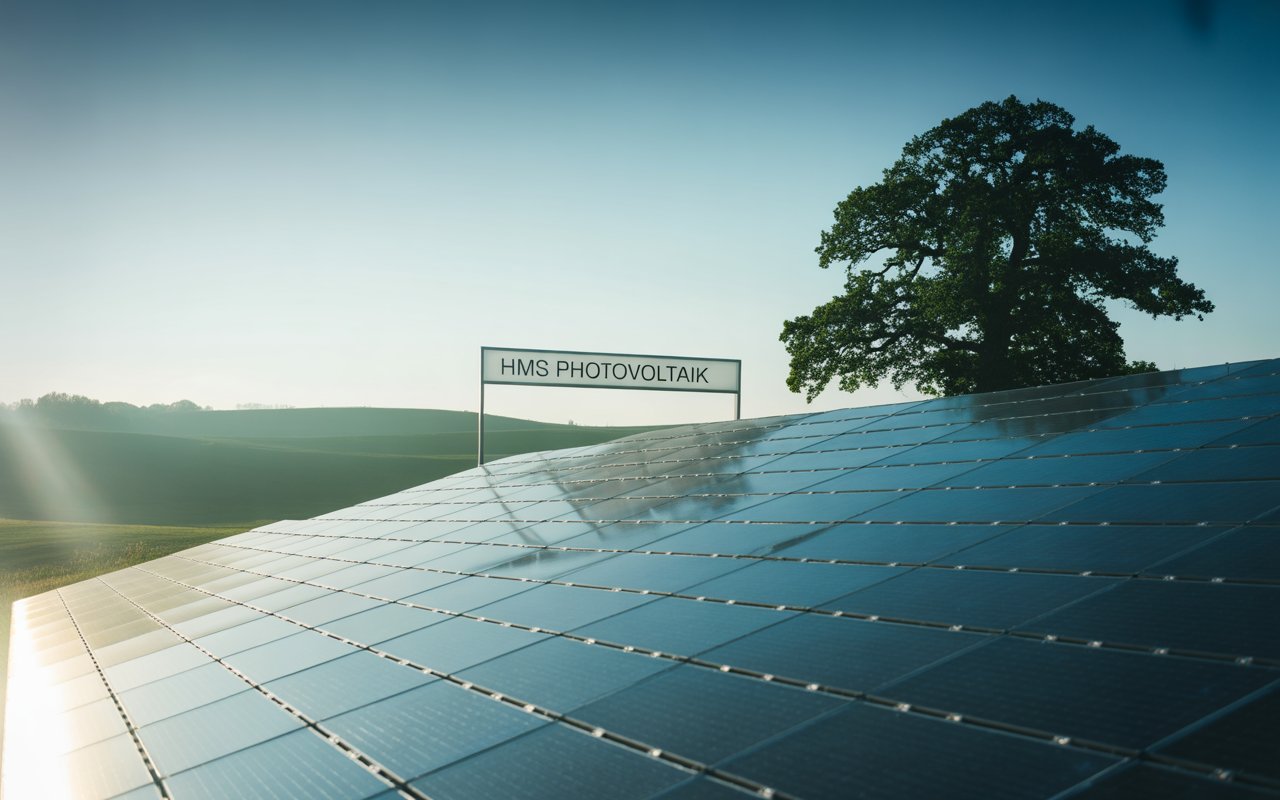The global demand for renewable energy is increasing rapidly, and hms photovoltaik stands out as an innovative solution. It focuses on transforming sunlight into electricity with improved efficiency, scalability, and cost-effectiveness. In an era marked by environmental challenges, photovoltaik represents progress toward sustainable energy systems.
What is HMS Photovoltaik?
Photovoltaik refers to advanced solar technology designed for efficient conversion of solar energy into usable power. Unlike earlier systems, it incorporates modern engineering, intelligent monitoring, and adaptable applications. This makes photovoltaik suitable for both small-scale residential use and large industrial installations.
Historical Development of HMS Photovoltaik
The evolution of photovoltaik reflects the broader history of solar energy. Initial photovoltaic research began decades ago, focusing on basic cell design. Over time, improvements in materials, electronic control systems, and grid integration brought new possibilities. Today, photovoltaik benefits from years of research and stands as a refined approach to solar energy.
The Role of HMS Photovoltaik in Renewable Energy
Hms photovoltaik plays a crucial role in the renewable energy transition. It supports efforts to reduce dependence on fossil fuels while providing clean, sustainable power. Nations worldwide view it as an essential tool in achieving energy independence and fulfilling climate commitments.
Key Features of HMS Photovoltaik
Several features distinguish photovoltaik from conventional solar systems:
-
Enhanced energy conversion efficiency.
-
Integrated monitoring systems for performance tracking.
-
Flexible design adaptable to multiple environments.
-
Improved safety and durability for long-term use.
These features make photovoltaik highly relevant in today’s dynamic energy landscape.
Advantages of HMS Photovoltaik
The advantages of photovoltaik are numerous, making it attractive for consumers and businesses alike. It lowers electricity costs, reduces environmental impact, and supports long-term sustainability. Additionally, the modular structure allows easy expansion, providing scalability for growing energy needs.
Applications of HMS Photovoltaik
Hms photovoltaik finds application in multiple areas, from residential rooftops to large-scale power plants. Businesses use it for reducing operational costs, while households embrace it for eco-friendly energy consumption. Governments also promote hms photovoltaik projects as part of national renewable energy strategies.
Residential Use of HMS Photovoltaik
For homeowners, photovoltaik represents a way to achieve energy independence. By installing panels on rooftops, families can generate power while lowering utility expenses. The system’s intelligent monitoring features make it easier to optimize usage, ensuring maximum benefits.
Industrial Adoption of HMS Photovoltaik
Industries consume massive amounts of electricity, and photovoltaik offers a practical solution. By integrating solar systems into production facilities, companies reduce reliance on traditional grids. This lowers energy costs and aligns businesses with sustainability goals.
Government Support for HMS Photovoltaik
Government policies play a significant role in promoting photovoltaik. Subsidies, tax incentives, and renewable energy targets encourage adoption. Many nations now view this technology as central to achieving carbon neutrality and reducing greenhouse gas emissions.
Environmental Impact of HMS Photovoltaik
The environmental benefits of photovoltaik are substantial. By reducing reliance on fossil fuels, it cuts emissions and minimizes air pollution. Additionally, the technology helps preserve natural resources, ensuring energy production aligns with sustainable development.
Challenges Facing HMS Photovoltaik
Despite its advantages, photovoltaik faces challenges. High initial installation costs, weather dependency, and storage limitations are common concerns. Addressing these issues requires ongoing research, technological innovation, and supportive policies to ensure broader adoption.
Innovations Driving HMS Photovoltaik
Modern innovations continue to enhance photovoltaik performance. Advances in material science, digital monitoring, and battery integration are improving efficiency. Smart grid systems also allow seamless energy distribution, ensuring the technology remains competitive with traditional energy sources.
Economic Benefits of HMS Photovoltaik
Hms photovoltaik generates significant economic advantages. By lowering energy costs, it increases household savings and boosts business profitability. Moreover, the growth of the solar industry creates jobs in manufacturing, installation, and maintenance, strengthening local economies.
HMS Photovoltaik and Smart Technology Integration
The integration of smart technology makes photovoltaik highly efficient. Systems now feature real-time monitoring, automated adjustments, and predictive maintenance. These innovations ensure consistent performance and allow users to maximize energy production effortlessly.
Global Perspective on HMS Photovoltaik
The adoption of hms photovoltaik is not limited to one region. Across Europe, Asia, and the Americas, countries invest heavily in solar infrastructure. This global perspective highlights the universal relevance of photovoltaik in shaping energy futures.
HMS Photovoltaik and Climate Change Mitigation
One of the strongest arguments for photovoltaik is its role in combating climate change. By providing clean power, it reduces carbon footprints and supports international climate agreements. As global warming intensifies, such technologies are becoming indispensable.
Future Outlook of HMS Photovoltaik
The future of photovoltaik appears promising. With ongoing innovations, declining costs, and rising demand, the technology is set for continued expansion. Integration with storage systems and grid modernization will ensure its long-term success in the energy sector.
Conclusion
Hms photovoltaik is more than just a solar technology; it represents a pathway toward a cleaner, more sustainable world. Its efficiency, adaptability, and environmental benefits make it central to the renewable energy transition. By embracing photovoltaik, societies can reduce reliance on fossil fuels while fostering economic growth and environmental stewardship. As challenges are addressed through innovation, the future of photovoltaik will remain bright, shaping global energy systems for generations to come.

